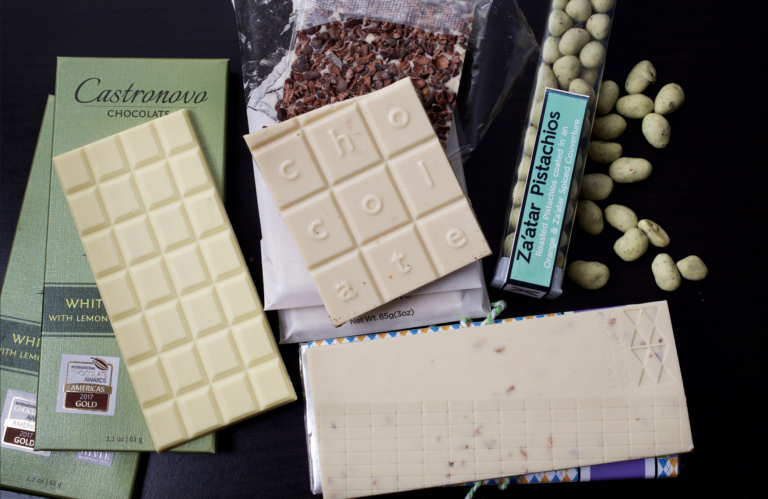
Best White Chocolate in the World
This article explores the origins and history of chocolate, tracing cacao’s use and cultural significance among ancient Mesoamerican civilizations like the Maya and Aztec. It
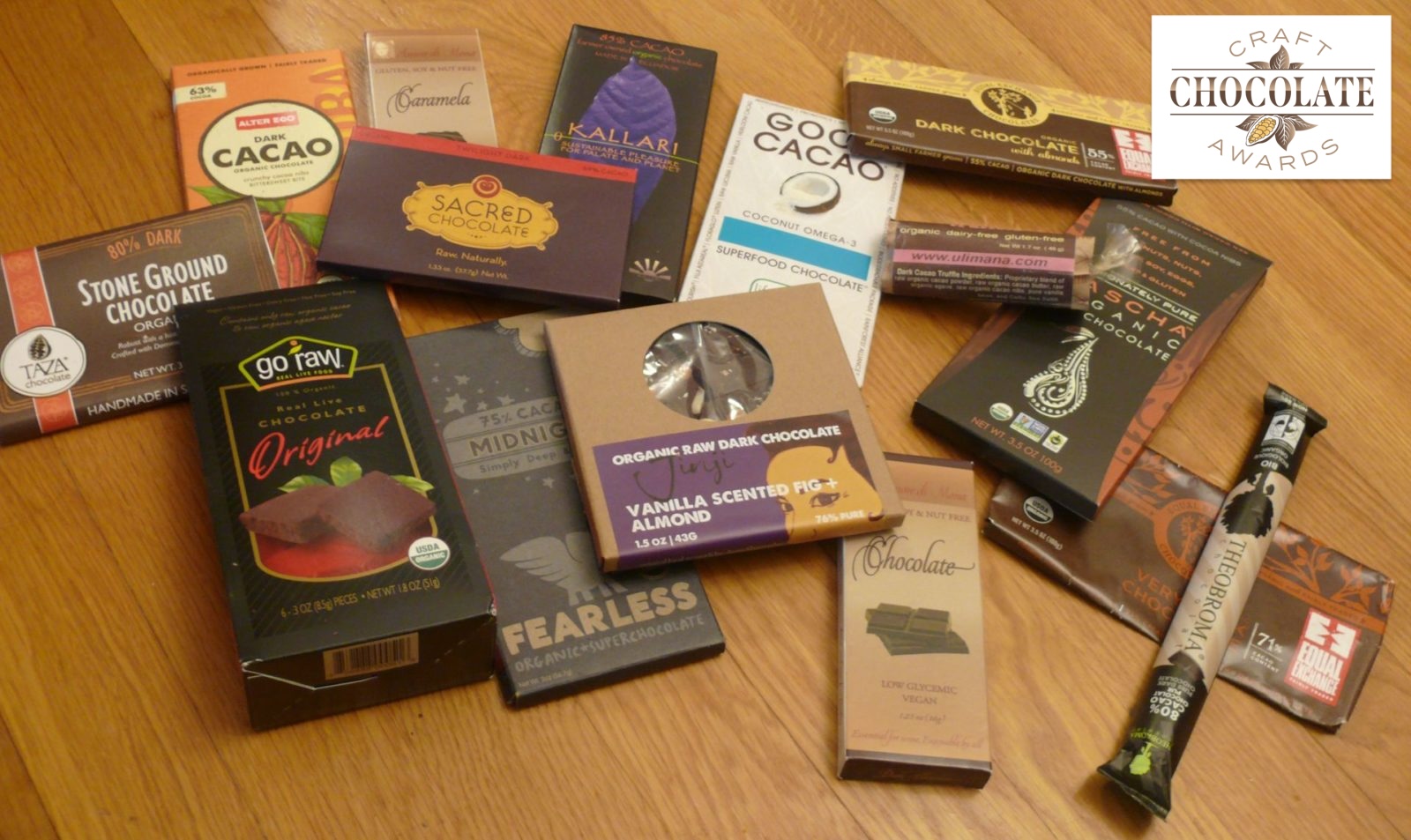
For countless chocolate lovers, creamy milk chocolate holds a special place as the ultimate confection. Its sweet, milky flavor instantly evokes nostalgia and comfort. But those who must avoid dairy face disappointment when their favorite chocolate contains off-limits ingredients.But lately, there is an increasingly good alternative: dairy free milk chocolate!
Thankfully, technology and shifting preferences have combined to elevate dairy-free milk chocolate options. While dark chocolates naturally contain little to no milk, milk chocolate presents a bigger formulation challenge without dairy. Through innovative processing and allergy-friendly practices, candy makers now provide quality milk chocolate sans the milk.
For those managing food allergies or intolerances, these products open new possibilities to enjoy chocolate. Once you know what to look for, it’s possible to find high-quality dairy-free milk chocolate that satisfies your chocolate sweet tooth. Here’s an overview of today’s dairy-free milk chocolate landscape.
Our international chocolate awards pay tribute to the obsessive, passionate individuals striving for chocolate perfection around the world. We honor renowned European chocolate houses who have perfected their bonbon and truffle recipes for generations alongside emerging bean-to-bar chocolate makers experimenting with bold ingredients like black currant and elderflower. During our blind tastings, we judge each craft chocolate bar and bonbon on its flavor, aroma, textures and craftsmanship to identify the best chocolate in the world.
See the winners +
Though dark chocolate dominates the dairy-free space, excluding milk from milk chocolate (somewhat obviously) poses difficulties. The dairy provides signature creaminess, milky flavor and smooth melting properties. Recreating these qualities without milk requires overcoming technical hurdles.
According to food scientists, milkfat contained in dairy milk aids in dispersing and stabilizing cocoa particles for a smooth texture. “The fat globules in milk also help carry flavor, rounding out the sharper notes of chocolate,” says Dr. Maya Warren, Professor of Food Science at UC Davis. Removing dairy milk significantly alters the behavior and taste of chocolate.
A study in the Journal of Food Engineering found both milk fat and milk proteins are essential to manufacturing optimal milk chocolate. “Milk proteins contribute to flavor release and work synergistically with milkfat to provide a creamy mouthfeel,” the researchers concluded. Replicating these properties has historically proven difficult and resulted in subpar non-dairy “milk” chocolate products.
In earlier days (really anytime before about 2010) of dairy-free chocolate, milk chocolate alternatives leaned heavily on palm oil or vegetable oils to emulate a creamy mouthfeel. But the oils muted the chocolate flavor and left an unnatural waxy coating.
Advancements have unlocked better ways to mimic milk. Many manufacturers now use rice milk powder, soy milk, coconut cream or other non-dairy milk sources as the dairy replacement. “We’ve formulated the dairy alternatives to integrate smoothly for balanced chocolate taste with less greasy after-feeling,” explains Sara Michaels, Director of R&D at Divine Chocolate, an allergy-friendly brand.
Brands also increasingly promote allergy-friendly facilities and equipment to prevent cross-contamination. These rigorous precautions give dairy-sensitive consumers confidence in purchasing milk chocolate.
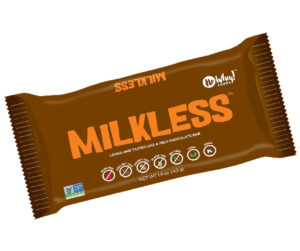
Without milk as the dominant ingredient, dairy-free milk chocolate allows more nuanced cocoa flavors to emerge. The chocolate may seem less overtly sweet or creamy compared to traditional milk chocolate.
“Since dairy-free options have less milk fat smoothing out flavor, you may notice more fruit, nutty or floral notes depending on the chocolate’s origin and recipe,” says chocolate expert John Richardson, publisher of The Chocolate Review. “Think of the rich hot chocolate taste rather than the very milky flavor of a Hershey’s bar.”
A 2022 review in the Current Research in Food Science found dairy-free dark chocolate has more concentration of polyphenols and antioxidants compared to milk chocolate. This amplifies chocolate’s natural health benefits for cocoa lovers avoiding dairy.
Look for dairy-free milk chocolate with at least 30% cocoa content to ensure noticeable chocolate flavor. The cocoa percentage can be elevated even higher – some brands offer milk chocolate style bars with 50% or more cocoa. This provides a bolder chocolate taste if you find overly sweet milk chocolate cloying.
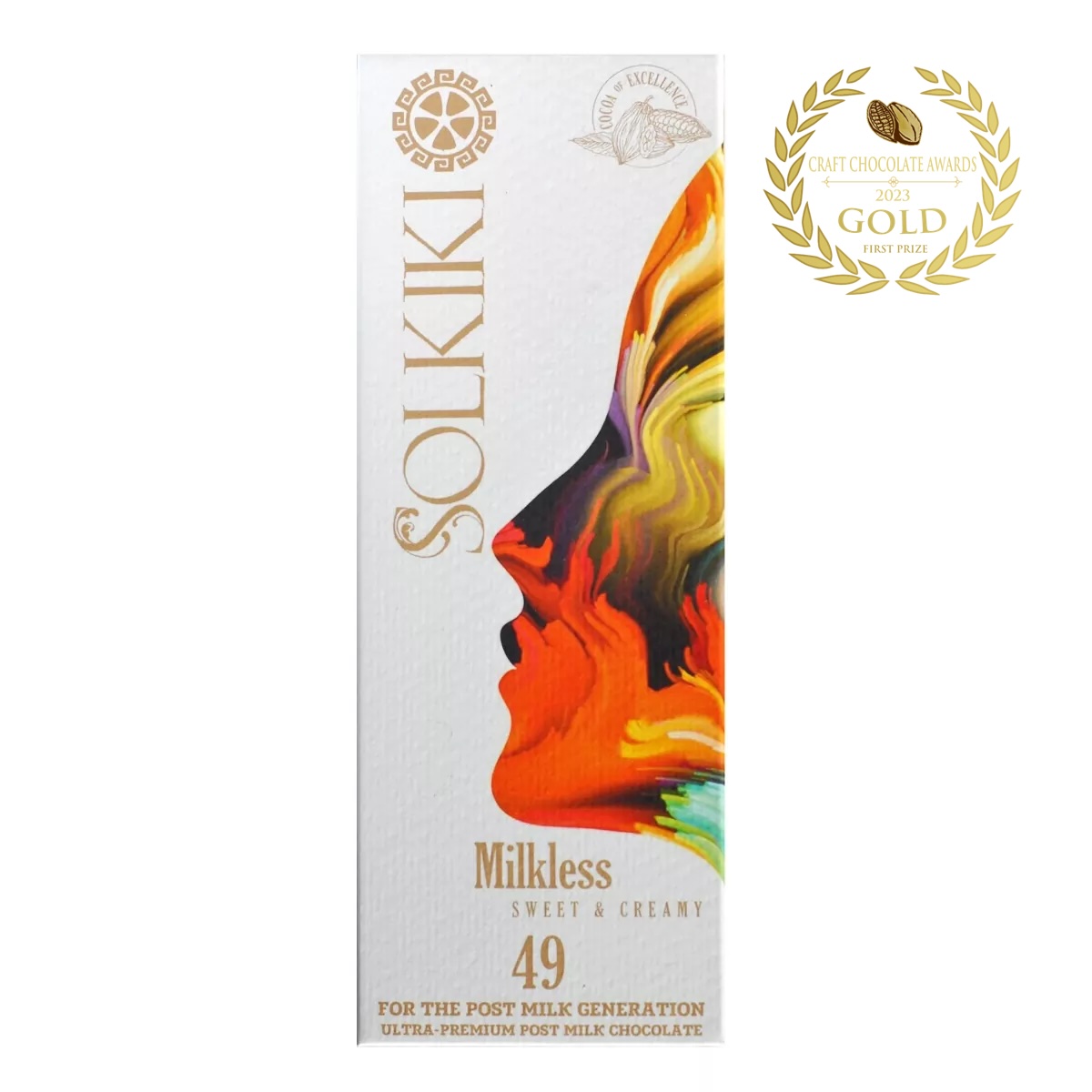
Always begin by verifying the manufacturer’s claim of being dairy-free or vegan. Carefully read ingredient lists watching for milk-derived ingredients like whey, casein and lactose. Contact the brand if you have any doubt or need assurances about allergen precautions in facilities.
Some top allergy-conscientious chocolate companies making dairy-free milk chocolate include Enjoy Life, Pascha Organic, Equal Exchange, Taza Chocolate and Divine Chocolate. Their ingredients adhere to high standards ideal for dairy-free diets.
Single origin milk chocolate provides exciting opportunities to experience terroir differences. Zotter handcrafts organic fair trade bars highlighting distinctive milk chocolates from Peru, Ecuador and more. Their “Bean-to-Bar” line clearly labels allergens. Of course, here at The Craft Chocolate Awards, we have a special Dairy Free “Milk” Chocolate Award which can help guide you to the best of the best showcasing milk substitutes including from coconut milk, oat milk, and hazelnut cream.
“We take great care to avoid any cross-contamination for our dairy-free chocolates,” explains Joseph Watson, Head Chocolatier at Zotter. “Our goal is for customers to enjoy quality chocolate regardless of dietary needs.”
Beyond specialty shops, mass market candy brands have expanded their allergy-friendly options. Dove and M&Ms for example now offer milk chocolate versions made without milk. Look for them in major grocery and drugstores. While the quality of these products falls far below dairy free craft chocolate bars, they nonetheless provide an accessible option for anyone who may be lactose intolerant, allergic to dairy, or otherwise sensitive to dairy products.
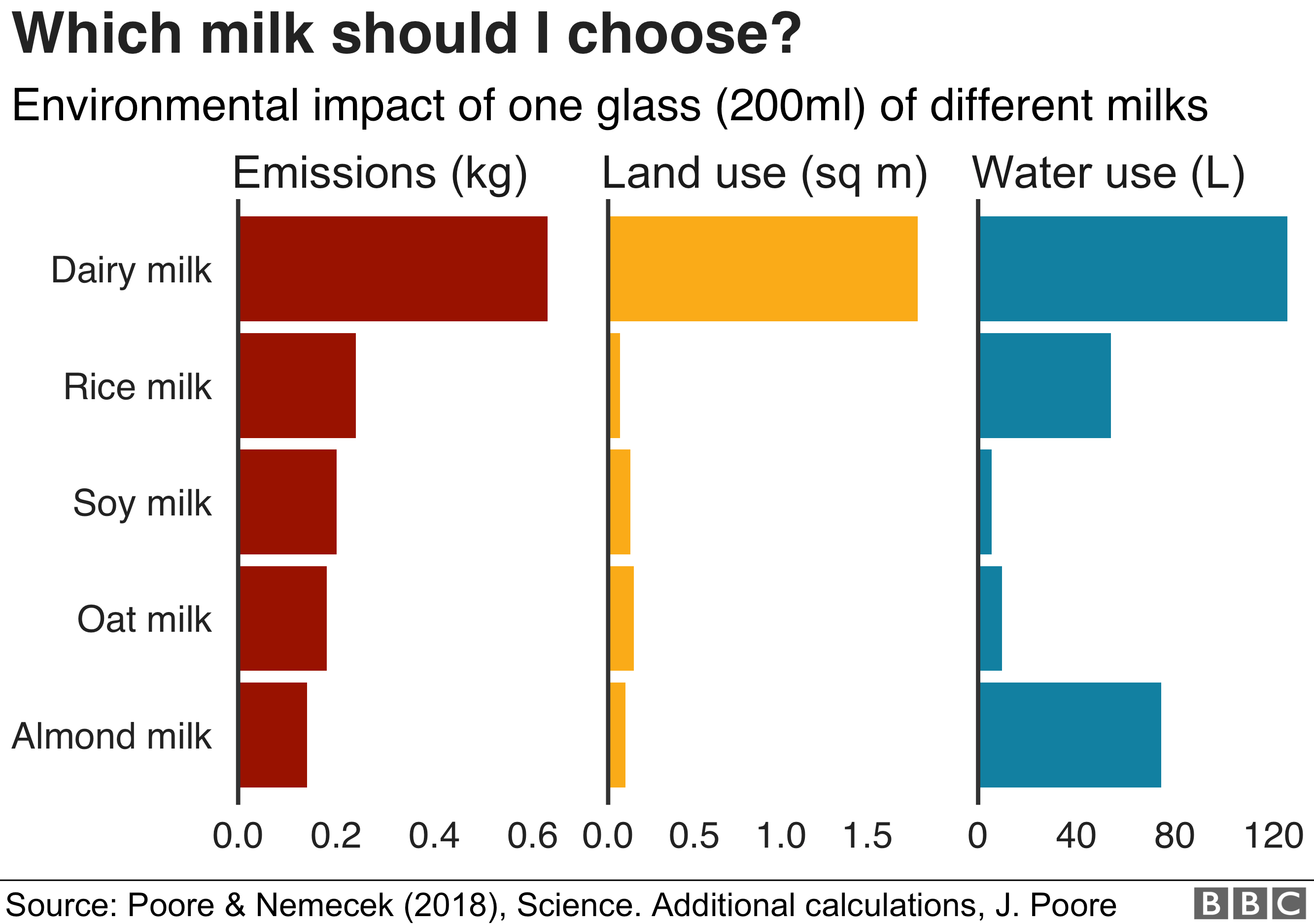
An advantage of dairy-free milk chocolate is versatility. With quality brands, you can bake and cook with chocolate chips, morsels or bars just like traditional milk chocolate. Swapping dairy-free chocolate into recipes provides delicious results free of milk.
Brands like Enjoy Life, Pascha and Lily’s sell ready-to-use dairy-free milk chocolate chips purpose-made for baking cookies, cakes and brownies. Grocery stores like Whole Foods also stock their own brand of allergy-friendly chocolate chips. Specialty chocolate shops also sell dairy free craft chocolate baking products that can take whatever you’re baking to the next level!
For snacking, choose dairy-free craft chocolate bars with simple, clean ingredients to get that quintessential chocolate treat experience. The winners of our Dairy Free “Milk” Craft Chocolate Bar awards would naturally be a perfect place to start looking.
You can also melt your favorite bar with non-dairy milk for homemade hot chocolate without the dairy. Italian-style cioccolato caldo made by whisking cocoa powder into warm milk is another cozy option.
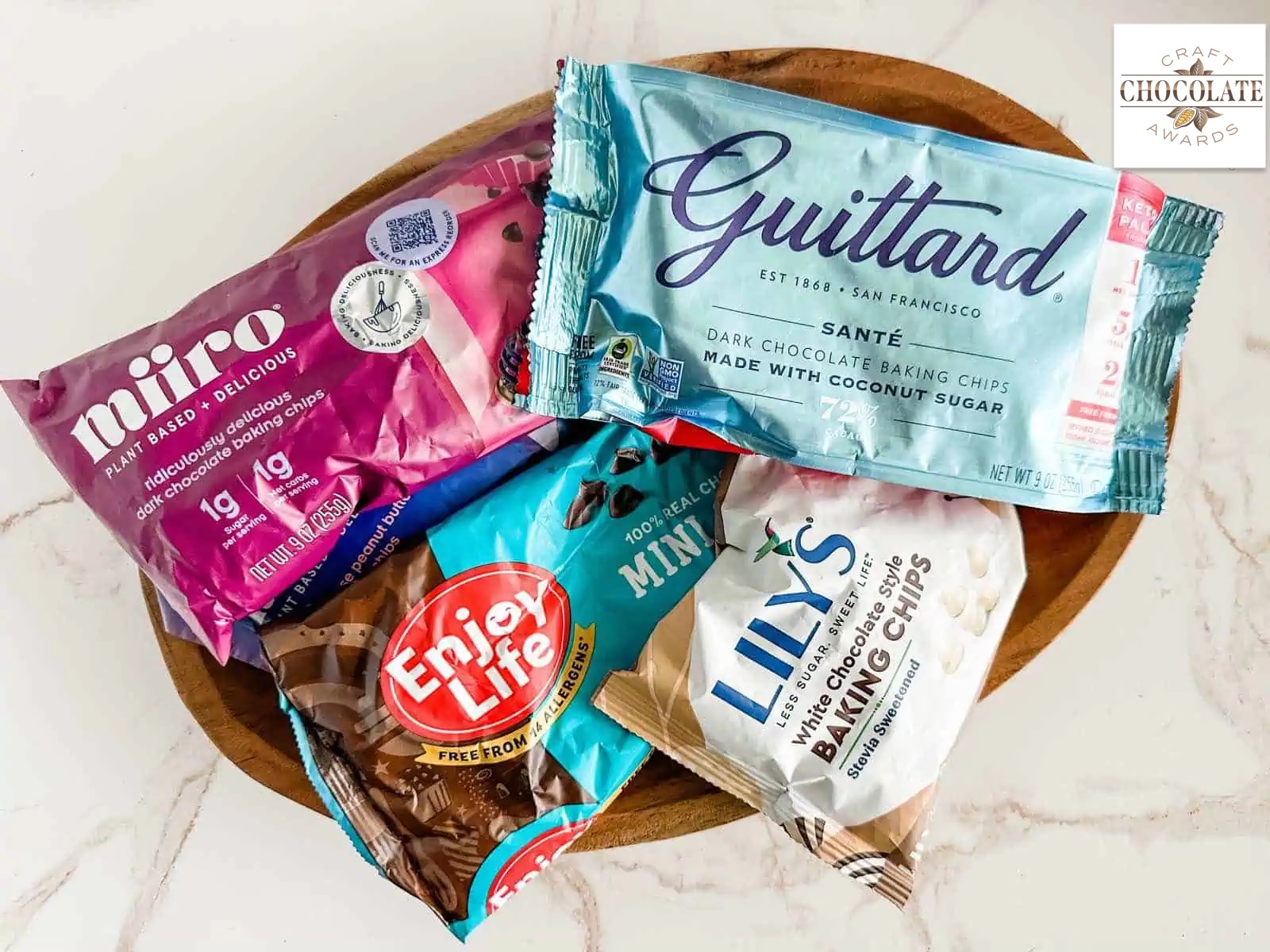
Don’t Settle for Subpar Chocolate
With the growing variety of dairy-free milk chocolate, those avoiding milk needn’t feel left out of chocolate enjoyment. By learning to identify quality ingredients and reputable brands, you can find milk chocolate alternatives that satisfy cravings without sacrificing taste.
Particularly for children and others missing the sweeter profile of milk chocolate, it’s worth exploring your options beyond plain dark chocolate. “Taste test new products with an open mind and focus on allergy-friendly chocolate makers devoted to safety,” advises Dr. Rebecca Miller, pediatric allergist.
While no replacement perfectly replicates the exact milk chocolate experience, the dairy-free offerings today are immensely better than years past. With an openness to trying new brands and cocoa origins, the possibilities are more promising than ever. You just may discover a new favorite that feels like an old friend.

This article explores the origins and history of chocolate, tracing cacao’s use and cultural significance among ancient Mesoamerican civilizations like the Maya and Aztec. It

Embark on a journey through Taiwan’s lush Pingtung County, where 77-year-old Mr. Chou pioneers small-scale cacao farming, and award-winning chocolatier Jade Li transforms each harvest
Keep up-to-date on upcoming chocolate awards